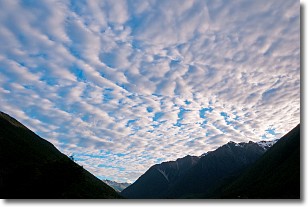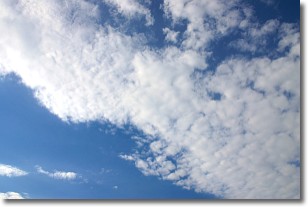Weather Alert in Texas
Special Weather Statement issued April 3 at 2:36PM CDT by NWS Lubbock TX
AREAS AFFECTED: Parmer; Castro; Swisher; Briscoe; Hall; Childress; Bailey; Lamb; Hale; Floyd; Motley; Cottle; Cochran; Hockley; Lubbock; Crosby; Dickens; King; Yoakum; Terry; Lynn; Garza; Kent; Stonewall
DESCRIPTION: A cold, blustery, wet, and for some, snowy day is expected Saturday. A strong storm system developing over Arizona and Utah today has already been responsible for some areas receiving rainfall last night and today. This storm system will continue to bring periods of rain tonight through Saturday and into Saturday evening. The rain is likely to change to snow across the far southwestern Texas Panhandle and parts of the South Plains on Saturday as the storm system moves out across Far West Texas and onto the southern High Plains. The heaviest snowfall and greatest accumulations are expected to be mainly to the north and west of a Muleshoe to Tulia line where 2 to 4 inches will be possible. Confidence decreases farther to the south, but some accumulation of snow could occur as far south as the southern South Plains and as far east as areas along and just east of the Caprock escarpment from Crosbyton northward. People with travel plans for Saturday should stay abreast of the latest information and be prepared to adjust those plans as necessary. Total rainfall and liquid equivalent from tonight through Saturday evening of 1 to 1 1/2 inches are forecast for all of the South Plains, Rolling Plains, and far southern Panhandle. Saturday will be the coldest day with temperatures holding nearly steady from morning lows in the 30s and 40s with the potential for falling temperatures during the afternoon. In addition, north winds of 20 to 30 mph will result in wind chill temperatures from the teens and 20s northwest to the 20s and 30s southeast throughout the day.
INSTRUCTION: N/A
Want more detail? Get the Complete 7 Day and Night Detailed Forecast!
Current U.S. National Radar--Current
The Current National Weather Radar is shown below with a UTC Time (subtract 5 hours from UTC to get Eastern Time).

National Weather Forecast--Current
The Current National Weather Forecast and National Weather Map are shown below.

National Weather Forecast for Tomorrow
Tomorrow National Weather Forecast and Tomorrow National Weather Map are show below.

North America Water Vapor (Moisture)
This map shows recent moisture content over North America. Bright and colored areas show high moisture (ie, clouds); brown indicates very little moisture present; black indicates no moisture.

Weather Topic: What are Stratus Clouds?
Home - Education - Cloud Types - Stratus Clouds
 Next Topic: Wall Clouds
Next Topic: Wall Clouds
Stratus clouds are similar to altostratus clouds, but form at a
lower altitude and are identified by their fog-like appearance, lacking the
distinguishing features of most clouds.
Stratus clouds are wider than most clouds, and their base has a smooth, uniform
look which is lighter in color than a nimbostratus cloud.
The presence of a stratus cloud indicates the possibility of minor precipitation,
such as drizzle, but heavier precipitation does not typically arrive in the form
of a stratus cloud.
Next Topic: Wall Clouds
Weather Topic: What are Altocumulus Clouds?
Home - Education - Cloud Types - Altocumulus Clouds
 Next Topic: Altostratus Clouds
Next Topic: Altostratus Clouds
Similar to cirrocumulus clouds, altocumulus clouds are
characterized by cloud patches. They are distinguished by larger cloudlets
than cirrocumulus clouds but are still smaller than stratocumulus clouds.
Altocumulus clouds most commonly form in middle altitudes (between 2 and 5 km)
and may resemble, at times, the shape of a flying saucer.
These uncommon formations, called altocumulus lenticularis, are created by uplift
in the atmosphere and are most often seen in close proximity to mountains.
Next Topic: Altostratus Clouds
Current conditions powered by WeatherAPI.com




